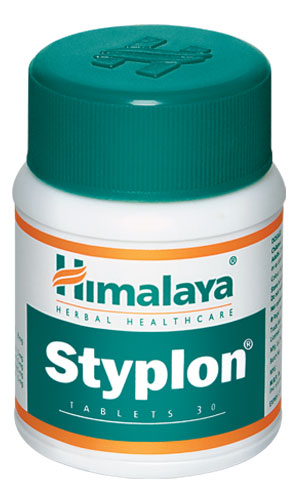Note: This is a project under development. The articles on this wiki are just being initiated and broadly incomplete. You can Help creating new pages.
Difference between revisions of "Styplon"
(Created page with "thumb|right|''Styplon'' Styplon’s hemostatic property controls local tissue hemorrhage effectively. The natural ingredients are also vasoconstrictors,...") |
|||
| Line 19: | Line 19: | ||
'''Red Coral''' (Pravala pishti) is a styptic commonly used in bleeding disorders. | '''Red Coral''' (Pravala pishti) is a styptic commonly used in bleeding disorders. | ||
| − | [[Category: | + | [[Category:Ayurvedic Medicine]] |
Revision as of 17:48, 30 March 2018
Styplon’s hemostatic property controls local tissue hemorrhage effectively. The natural ingredients are also vasoconstrictors, which stops capillary blood flow.
Demulcent: Styplon contains herbs which are demulcent. Demulcent herbs have a high content of mucilage, which soothes and protects irritated or inflamed internal tissues. It also helps heal the wounds more quickly.
Antioxidant: Oxidative stress causes tissue injury, which can result in hemorrhage. Styplon contains natural antioxidants that correct local tissue oxidative damage.
Key ingredients
Indian Gooseberry (Amalaki) has hemostatic, anti-inflammatory and antioxidant properties, which control local tissue hemorrhage, inflammation and oxidative tissue damage respectively.
Indian Sarsaparilla (Anantamul) is a vasoconstrictor that stops capillary blood flow.
Lodh Tree (Lodhra) helps in wound healing.
Red Coral (Pravala pishti) is a styptic commonly used in bleeding disorders.
